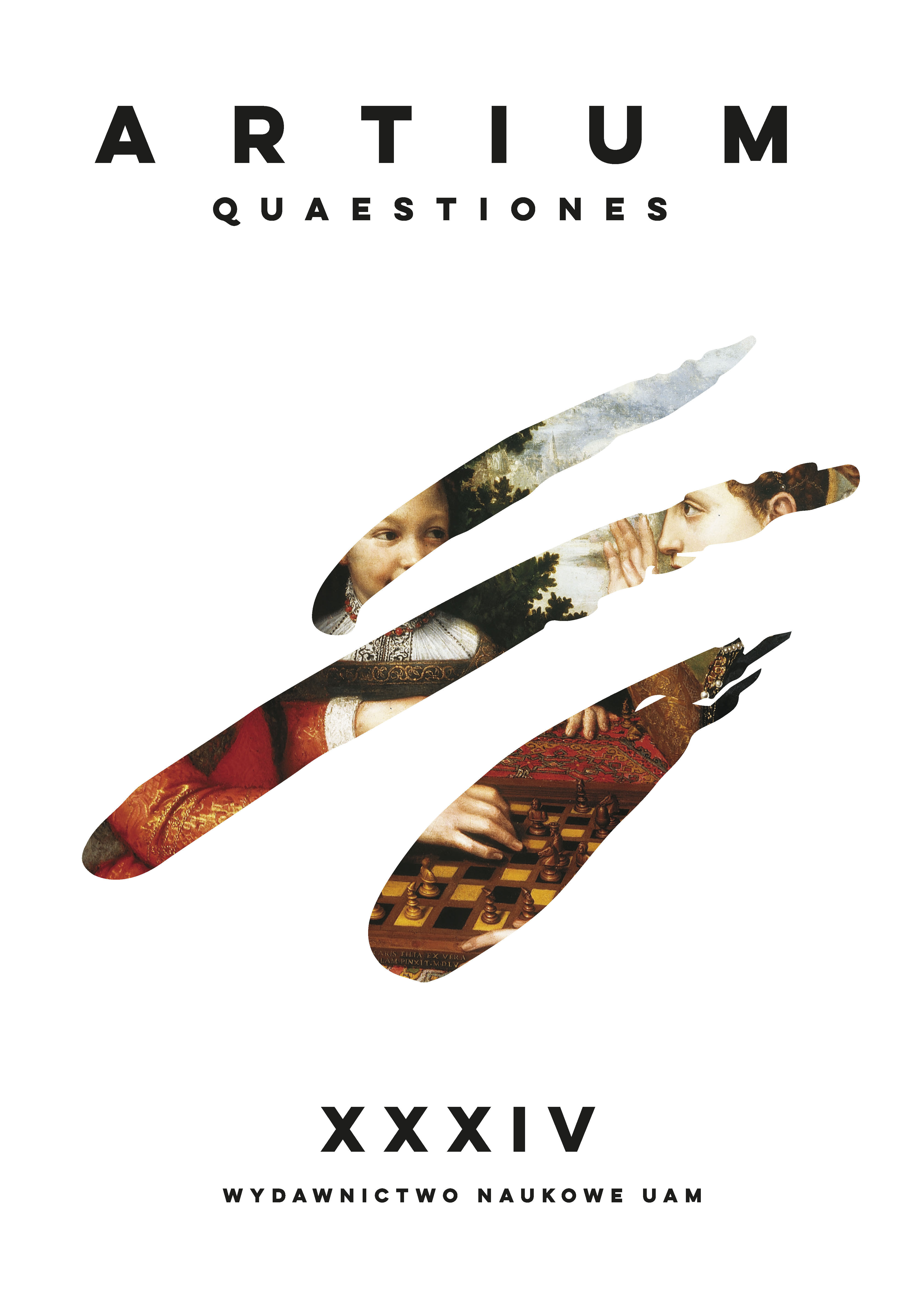HISTORIA SZTUKI W POLU METODOLOGII.
AKTUALNE PROBLEMY I WYZWANIA
ART HISTORY IN THE FIELD OF METHODOLOGY. CURRENT PROBLEMS AND CHALLENGES
Author(s): Stanisław CzekalskiSubject(s): Visual Arts, Sociology of Art, History of Art
Published by: Uniwersytet im. Adama Mickiewicza w Poznaniu
Keywords: art history; scientific knowledge; methodology; theory; philosophy of science; structuralism;
Summary/Abstract: At the end of the 20th century, the theory of art history shifted from the area of meth- odology understood as a normative field of the philosophy of science to the area of the social practice of constructing knowledge. The term “art historical methodology” itself became trivialized when its meaning was detached from the horizon of episte- mology and became extremely inclusive, encompassing all methods practised in the discipline, with a method being considered to be the use of any theory as a tool of interpretation. As a consequence, the basic problem of scientific methodology, which is the critical assessment of explanatory and interpretive theories due to the value of their justification, is not addressed in the self-reflection of contemporary art history. The retreat from the rigors of methodology was related to the reception of structur- alism, initiated by Ernst Gombrich in the book Art and Illusion. Popper’s model of situational logic as a method of historical explanation of works of art was transformed into a structuralist model, referring to constant rules of pictorial representation, sym- bolization and communication. Michael Fried and Norman Bryson formulated their own theories of invariant rules defining the necessary initial conditions for the forma- tion and reception of pictures, so that individual works could be interpreted in terms of these rules and, as a result, confirm the general theory, which created a vicious circle. Structuralist theories did not function as hypotheses requiring critical testing, but as interpretive codes that served to read each work of art within their own conceptual system. The next step in the process of the reception of structuralism was the devel- opment of theories defining general rules that would govern the discursive practice of art history, and the detection of which at the basis of this practice would discredit or invalidate its epistemological dimension. Hayden White’s narrativism was the theory that historical discourse is subject to narrative conventions, not to the laws of logic and the rigors of methodology that serve to limit the pool of alternative explanations or interpretations. This theory was intended to justify the pluralism of equal versions of history as a politically correct idea, appropriate for a “democratic” model of knowl- edge. Theorists developing White’s theses in the field of art history claimed that the discursive practice of this discipline was not governed by methodological rules but by political motivations (Keith Moxey) or aesthetic principles of artwriting (David Car- rier). After the phase of open denial of the dependence of the art history discourse on methodology, the theory of the discipline turned into an analysis of techniques for building this discourse, which no longer included methodological issues, as in James Elkins’ book Our Beautiful, Dry, and Distant Texts. A critical review of theories sepa- rating art history from methodology leads to the conclusion that they are untenable. It is impossible to maintain the scientific status of our discipline without respecting the principles of methodology founded in the contemporary philosophy of science.
Journal: Artium Quaestiones
- Issue Year: 2023
- Issue No: 34
- Page Range: 293-336
- Page Count: 44
- Language: Polish

